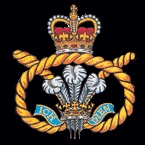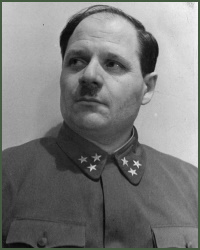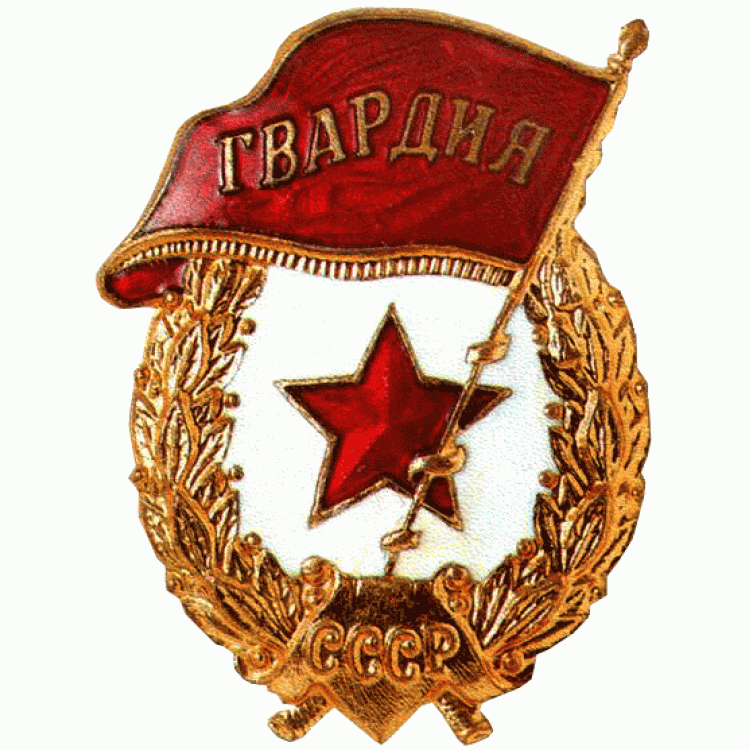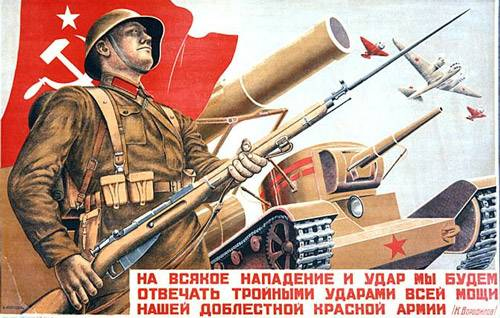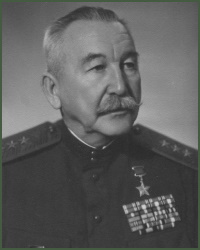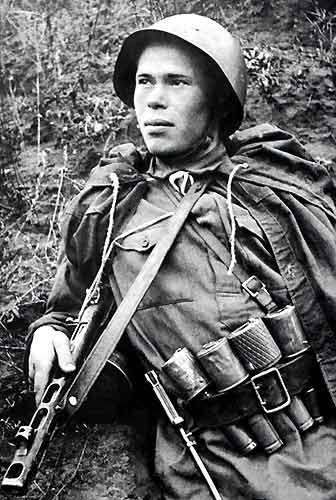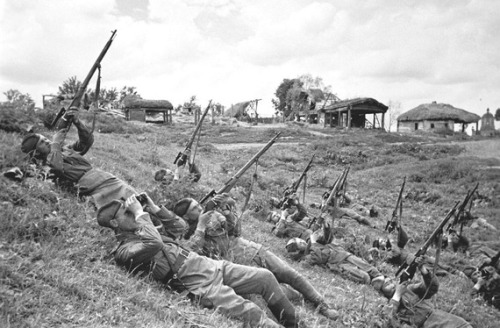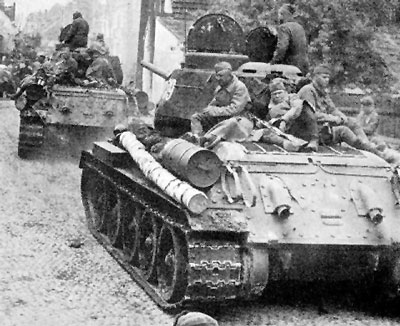Another Strange Turn: Kiwi Commander does Haka as UK Sapper Unit disbands
Just last night I was reading from D'Ami's World Uniforms, two volumes of colour plates of Military ceremonial dress, written back in the 1960s. Quite a bit dated now, but still a great reference work.
I was really looking for pictures of Napoleonic dress, as I'm plotting a Waterloo army for the bicentenary next year. Anyhow, to make a long story short, quite a lot was made in these two volumes of the value of the sapper, pioneer and farrier in the military of old, and how this is (was) recognised. Many of the plates depict the sappers, wearing ceremonial leather aprons, and carrying axes over their shoulders, as an important part of the ceremonial garb of many British Military Units at the time
Strangely enough, today there's an article and video on the British 32nd Engineer (Sapper) Unit being disbanded after returning from Afganistan in today's news! The troops were mainly Fijian, and felt compelled to farewell their commanding officer with their traditional Cibi war challenge, only to find their CO, a New Zealander, answer them with "Ka Mate", Te Rauparaha's Haka, which has become the All Black Rugby Team and NZ's national haka (War challenge); in suitable fashion.
The troops performed the Cibi, an old
Fijian meke war dance. The Colonel responded with Ka Mate, the haka written by Te Rauparaha, which is quite appropriate for a Sapper as the Musket Wars saw the early development of Pa fortifications (
http://en.wikipedia.org/wiki/Pā_(Māori) ) which caused the Brits no end of trouble during the Land Wars.
The Haka continues to play an important role in military life in NZ as evident today, and in both world wars:
WW1: NZ Pioneer Battalion performing a haka on the Western Front
NZ 28th (Maori) Battalion in Egypt WW2
The Māori Battalion performs a haka – a well-known Te Arawa peruperu (war dance with weapons) – for the exiled King of Greece in Helwan, Egypt, in June 1941.
The battalion had recently been evacuated from Greece and Crete, following fierce battles against the invading Germans. The Māori Battalion went on to serve throughout the North African campaigns of 1941 to 1943. It suffered heavy casualties but its men gained an outstanding reputation as soldiers.
Afghanistan 2005
Distilled from Stuff today and the Net (Link to report and video below):
A British Army warrior has fare-welled his soldiers with a striking solo haka.
Delivered in perfect Te Reo (Maori), Lieutenant Colonel Steven Davies' performance came as a big surprise to many who thought he was Australian. Davies had brought his 32nd Engineer Regiment home after a grueling and tragic Afghanistan tour.
The regiment, also historically known as 3rd Mercian or Staffords, were combat engineers (sappers) supporting the famed Desert Rats, the 7th Armoured Brigade. Davies was their last commander - the regiment is being broken-up. Many of its sappers are Fijian so when it came to saying goodbye to Davies, the whole regiment lined up behind them and performed a powerful cibi or war dance, advancing on him. When it was over, Davies performed the NZ Maori " Ka Mate" haka.
The Desert Rats posted it on their Facebook page, and the hundreds of comments point to Davies being a much admired commander.
Link to the video:
NZ Officer does Haka in Response to Fijian Cibi
Some of the comments:
+ "A fitting tribute to an awesome commanding officer & a man that looked after his regiment."
+ "Goes to show how far and wide our Sapper family is. Never met a bad Kiwi."
+ "That was class and shows what respect he has for the ranks under his command."
+ "Absolutely brilliant. A sure sign of fond respect for a great leader and Steve is one great leader."
+ "Great job Steve but I always thought you were Australian!"
+ "Well done Steve a great bloke who no doubt put his soldiers first every time ... One of the few."
Davies' regiment is set to be disbanded as part of British Government plans to reduce the army by 20,000 troops by 2018. Davies has promised that the battalion's traditions - such as its battle honours, regimental silver and regimental drums - will be carried forward within the reorganised regiment.
And the famous Staffordshire Knot - the cap badge worn by soldiers for hundreds of years - could be retained in future Mercian uniforms.
"We will go forward together and take the golden threads of our antecedent battalions with us.
"The regiment had a final parade this week. Davies, who led the 3rd Battalion the Mercian Regiment on its nine month tour of duty on the front line in Afghanistan, confessed he was 'choked up' after final parades in Stafford, Wolverhampton, Walsall, Cannock, Newcastle-under-Lyme, Stoke-on-Trent, Tamworth, Burton-upon-Trent, and finally in Lichfield.
Mercian Regiment Cap badge
"It is emotional for any CO to relinquish command. You invest so much of your hopes, fears and dreams with the battalion that it is always going to be difficult to let go. But it adds a certain poignancy to the situation to be the last Commanding Officer of 3rd Mercian. It has been an honour and a privilege although I understand why it has to go."
The Staffordshire Regiment (Prince of Wales') (or simply "Staffords" for short) was originally an infantry regiment of the British Army, part of the Prince of Wales' Division. The regiment was formed in 1959 by the amalgamation of The South Staffordshire Regiment and The North Staffordshire Regiment (Prince of Wales's).
In 1962 the regiment undertook a six month exercise in Kenya, followed by a year in Colchester and then a return to Kenya for a further two years. On the tour the regiment had to deal with a mutiny by the Ugandan Army. Returning home the regiment was the last unit of the British Army to serve in East Africa.
A home tour in Dover followed in 1964. Then came a two year posting to Berlin in 1968 followed by a tour in Sharjah in the Persian Gulf where the regiment again recorded a 'last unit' distinction being the last unit to serve in Sharjah.
The regiment undertook a tour in Northern Ireland during the Troubles in 1972 before moving to Quebec Barracks in Osnabruck in 1973. Further tours in Northern Ireland were undertaken in 1974 and 1976. The regiment moved to Hyderabad Barracks in Colchester later in 1976 before undertaking another tour in Northern Ireland in 1979.
The regiment moved to Gibraltar in 1981 and to Roman Barracks at Colchester in 1983 before undertaking another tour in Northern Ireland in 1984. It then moved to Fallingbostel in 1986.
In October 1990 The Staffordshire Regiment was deployed to Saudi Arabia as part of 7th Armoured Brigade (referred to as the 'Desert Rats'). The deployment was in response to the dictator Saddam Hussein's invasion of the sovereign territory of Kuwait, claiming it to rightfully belong to Iraq. The regiment moved to Dale Barracks in Chester in 1991, to Abercorn Barracks in Ballykinler in 1994 and Clive Barracks in Shropshire in 1996. The regiment moved to Mooltan Barracks in Tidworth in 2000. Following a deployment to Kosovo in 2002 and a first deployment to Iraq on Operation Telic 6 in 2005, the regiment undertook a second deployment to Iraq during Operation Telic 9 in 2006.
Past amalgamation
As part of the reorganisation of the infantry announced in 2004, it was announced that the Staffordshire Regiment would merge with the Cheshire Regiment and the Worcestershire and Sherwood Foresters Regiment into a new three-battalion regiment to be called the Mercian Regiment. On 1 September 2007 the Staffordshire Regiment became the 3rd Battalion, The Mercian Regiment. It seems amalgamation is on the doorstep again.
Battle honours:
Pre-WWI: Guadeloupe 1759, Martinique 1794, Hafir, South Africa 1878-79, Egypt 1882, Kirbekan, Nile 1884–85, South Africa 1900–02
World War I:
France and Flanders: Mons, Retreat from Mons, Marne 1914, Aisne 1914-18, Armentières 1914, Ypres 1914-17, Langemarck 1914-17, Gheluvelt, Nonne Bosschen, Neuve Chapelle, Aubers, Festubert 1915 Loos, Somme 1916-18, Albert 1916-18, Bazentin, Delville Wood, Pozières, Guillemont, Flers-Courcelette, Morval, Thiepval, Ancre Heights, Ancre 1916, Bapaume 1917-18, Arras 1917, Scarpe 1917, Arleux, Bullecourt, Hill 70, Messines 1917-18, Ypres1917-18, Pilckem, Langemarck 1917, Menin Road, Polygon Wood, Broodseinde, Poelcapelle, Passchendaele, Cambrai 1917-18, St. Quentin, Bapaume 1918, Rosières, Avre, Lys, Bailleul, Kemmel, Scherpenberg, Drocourt-Quéant, Hindenburg Line, Havrincourt, Canal du Nord, St. Quentin Canal, Beaurevoir, Kortrijk, Selle, Valenciennes, Sambre, France and Flanders 1914-18
Gallipoli: Suvla, Landing at Suvla, Scimitar Hill, Sari Bair, Gallipoli 1915–16
Mesopotamia: Egypt 1916, Tigris 1916, Kut al Amara 1917, Bagdhad, Mesopotamia 1916–18
Italy: Piave, Vittorio Veneto 1918
North West Frontier India: Baku, Persia 1918, North West Frontier India 1915
Inter-War: Afghanistan 1919
World War II:
North West Europe: Dyle, Defence of the Scheldt, Ypres-Comines Canal, Caen, Orne, Noyers, Mont Picton, Brieux Bridgehead, Falaise, Arnhem 1944, North-West Europe 1940 -1944
North Africa: Sidi Barrani, Djebel Kesskiss, Medjez Plain, Gueriat el Atch Ridge, Gab Gab Gap, North Africa 1943
Italy: Landing in Sicily, Sicily 1943 Anzio, Carroceto, Rome, Advance to Tiber, Gothic Line, Marradi, Italy 1943 and Italy 1944–45,
Burma: Chindits 1944, Burma 1943–44
Post-WWII: Gulf 1991, Wadi al Batin












